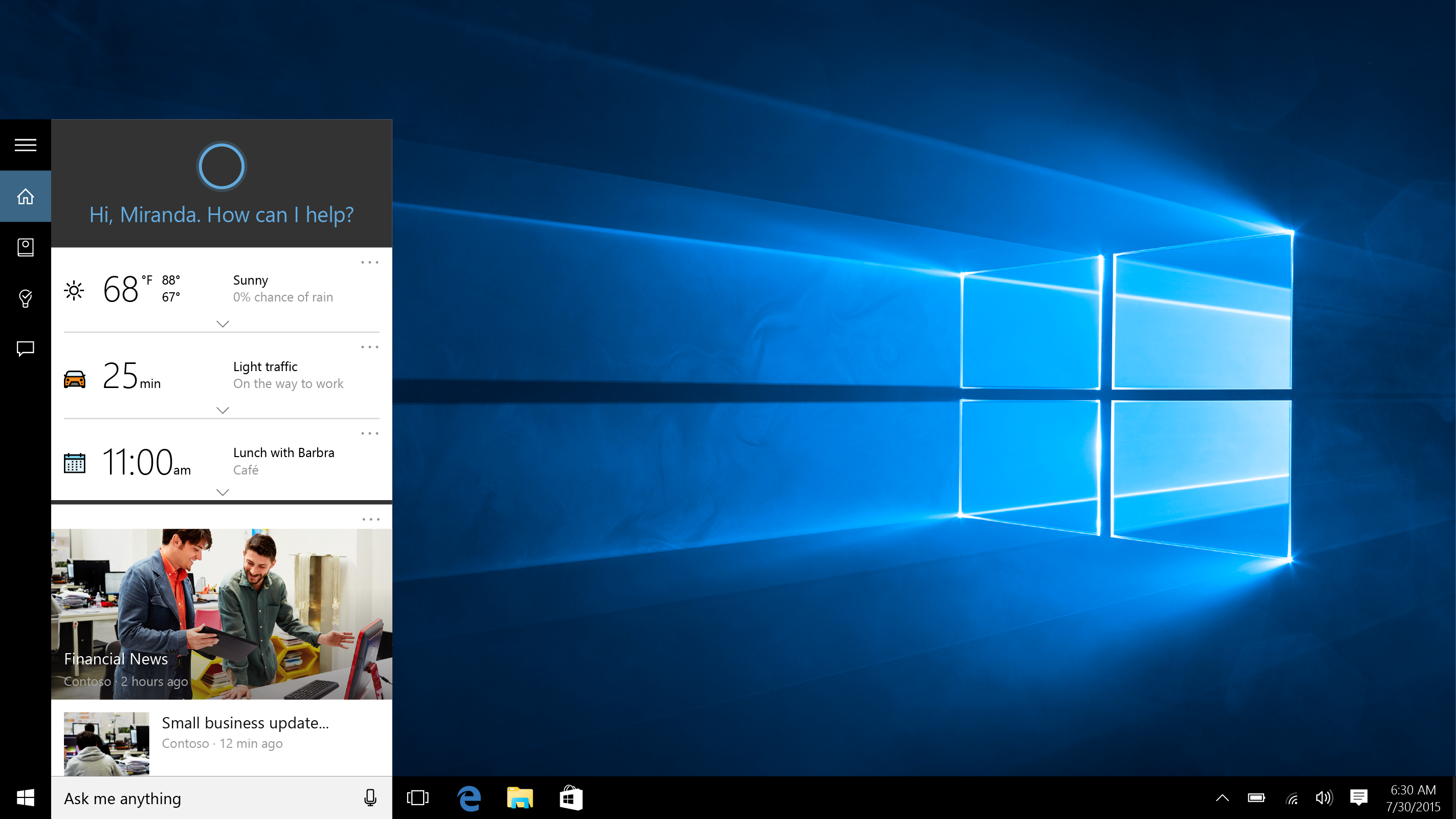Article
You Can Start and Stop This Wi-Fi Voice Recorder From Your Smartphone | Gizmodo
From the horse’s mouth
Olympus America
My Comments
When I mentioned about the digital cameras in my first report on the Consumer Electronics Show 2014, I had gave a brief mention to the Olympus DM-901 digital voice recorder which is able to exploit Wi-Fi wireless network technology. The question that could be raised is whether the recorder works as its own wireless network or is able to be part of an existing small wireless network such as a home network, a phone’s “personal hotspot” or a Mi-Fi’s local network.
This recorder uses Wi-Fi alongside a smartphone app to provide it with remote-control ability. For example, when you are recording a presentation, you could place the recorder on the podium or a piece of furniture near where the speaker is and choose where to sit rather than always having to be “up the front” with your recorder to make sure it’s recording properly.
There is also the ability to upload pictures you take with your smartphone to the recorder in order to create a visual index. This would be relevant when you are taking pictures of the slides shown in the presentation or items that are being demonstrated through that presentation or you take a picture of someone who is giving their report in a multi-speaker meeting.
The recorder also has the ability to upload recordings to Dropbox for cloud-based archiving or sharing but I would also like to see this be extended to the ability to upload to SoundCloud or other audio-sharing services.
Like most of the good-quality voice recorders, the Olympus has the voice-recording optimisation abilities which include 2 high-grade microphones with “zoom microphone” function that also ramps up the recording level, along with a voice-balancing algorithm to balance between loud and soft voices.
There is the 4Gb on-board storage but the Olympus has an SDHC card slot so you can record to SD cards and have separate SD cards for each project you are working on. The 4Gb on-board storage can allow for 850 hours of lowest-quality recording (WMA 8kbps mono). There is a high-quality PCM recording option along with the microphones having a 70Hz-20KHz frequency range that may get you by for basic live-music recording needs like recording a child singing or playing the piano. The battery can run for 29 hours recording on a single charge which will give you room for some of the big audio note-taking projects.
Personally, I would like to see future generations of this recorder also have Bluetooth A2DP or DLNA-over-Wi-Fi playback abilities so you can play the recorder through the new crop of wireless speakers for a larger room-filling sound yet have a wireless link. Similarly, a model with an external microphone input or line-level input could come in handy if the goal is to obtain a better recording from a PA system’s microphone. The Wi-Fi functionality could also be augmented with direct support for PassPoint-enabled Wi-Fi hotspots because of the prevalence of hotspots at meeting venues and hotels.
But what I see of this is a cutting-edge voice recorder that offers functionality that wouldn’t be offered on this class of device.


